-
 Bitcoin
Bitcoin $88,445.9655
-1.22% -
 Ethereum
Ethereum $2,464.0092
2.61% -
 Tether USDt
Tether USDt $0.9992
-0.06% -
 XRP
XRP $2.2876
4.01% -
 BNB
BNB $624.5862
2.92% -
 Solana
Solana $140.1725
1.36% -
 USDC
USDC $0.9999
0.00% -
 Dogecoin
Dogecoin $0.2100
1.97% -
 Cardano
Cardano $0.6775
1.72% -
 TRON
TRON $0.2296
-1.49% -
 Chainlink
Chainlink $15.1934
2.78% -
 Sui
Sui $2.9774
6.52% -
 Avalanche
Avalanche $21.9986
3.78% -
 Litecoin
Litecoin $119.1402
5.89% -
 Stellar
Stellar $0.2915
1.28% -
 Toncoin
Toncoin $3.5673
4.20% -
 UNUS SED LEO
UNUS SED LEO $9.3178
5.69% -
 Shiba Inu
Shiba Inu $0.0...01424
4.27% -
 Hedera
Hedera $0.1947
4.92% -
 MANTRA
MANTRA $7.6444
-2.91% -
 Polkadot
Polkadot $4.7498
9.77% -
 Hyperliquid
Hyperliquid $19.9560
4.45% -
 Ethena USDe
Ethena USDe $0.9992
-0.08% -
 Bitcoin Cash
Bitcoin Cash $293.4853
2.44% -
 Dai
Dai $0.9998
0.00% -
 Bitget Token
Bitget Token $4.1812
-5.10% -
 Uniswap
Uniswap $8.1694
4.97% -
 Monero
Monero $221.7032
1.20% -
 NEAR Protocol
NEAR Protocol $3.0209
3.04% -
 Pepe
Pepe $0.0...08200
6.27%
How does the A3S Protocol (AA) coin handle inflation?
The A3S Protocol's unique combination of fee burning, supply reduction, staking rewards, buyback and burns, and decentralized governance effectively handles inflation for the AA coin.
Jan 01, 2025 at 03:22 am
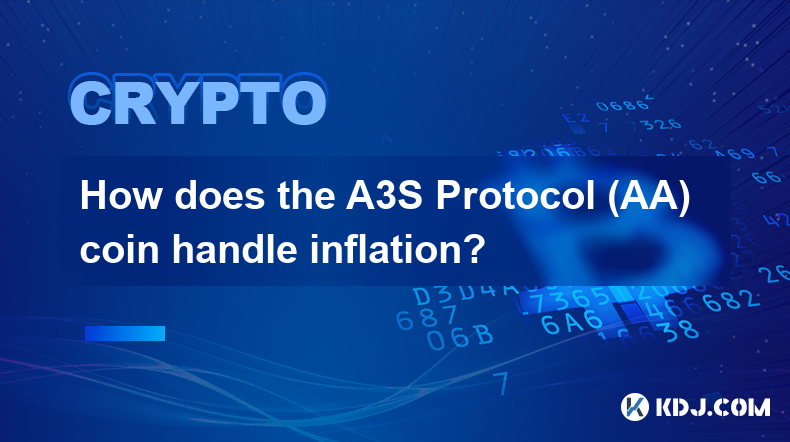
Key Points of the Article:
- The A3S Protocol (AA) coin employs a unique combination of mechanisms to handle inflation.
- Built-in deflationary measures, such as fee burning and supply reduction, reduce the circulating supply of AA over time.
- Incentive mechanisms encourage users to hold AA long-term, further combatting inflation.
- The protocol's decentralized and autonomous nature allows for community consensus and adaptability in inflation management.
Steps Taken by the A3S Protocol (AA) Coin to Handle Inflation:
1. Fee Burning
- A portion of all transaction fees paid in AA on the protocol is burned, permanently removing them from circulation.
- This reduces the overall supply of AA, increasing its scarcity and countering inflationary pressures.
- The burning mechanism ensures a deflationary effect as the number of AA coins in circulation decreases over time.
2. Supply Reduction
- The A3S Protocol has a limited maximum supply of AA coins.
- Once the maximum supply is reached, no new AA coins will be created, preventing further issuance that could contribute to inflation.
- The capped supply provides a built-in mechanism for controlling inflation by limiting the potential increase in the number of AA coins.
3. Staking Rewards
- Users are incentivized to hold AA coins long-term by earning staking rewards.
- Staking involves locking up AA coins for a specified period to support the network's security.
- As users lock their AA coins for staking, the amount of AA in circulation is reduced, mitigating inflationary effects.
4. Buyback and Burn
- The A3S Protocol treasury periodically uses surplus funds to buy back AA coins from the market.
- The purchased AA coins are then burned, further reducing the circulating supply and contributing to deflationary pressure.
- This mechanism allows for active inflation management and ensures the long-term value of AA by removing coins from the market.
5. Decentralized Governance
- The A3S Protocol is governed by a decentralized autonomous organization (DAO) consisting of AA coin holders.
- AA coin holders can participate in decision-making regarding inflation management through voting and proposals.
- The community-driven governance ensures transparency, adaptability, and consensus in responding to inflationary pressures.
FAQs:
Q: What is inflation, and why does it matter for AA coin?
A: Inflation refers to the general increase in prices over time, potentially eroding the purchasing power of assets like cryptocurrencies. Inflation management is crucial for the A3S Protocol to maintain the value of AA and ensure its long-term viability.
Q: How effective are the A3S Protocol's inflation mechanisms?
A: The combination of fee burning, supply reduction, staking rewards, buyback and burns, and decentralized governance provides a comprehensive approach to inflation management. Historical data and community feedback suggest that these mechanisms have been effective in mitigating inflationary pressures on the AA coin.
Q: What are the benefits of investing in an inflationary coin like AA?
A: While AA is designed to handle inflation, it still has the potential for appreciation in value over time. Staking rewards and potential price increases can provide investors with opportunities for financial returns despite inflation. However, investors should exercise caution and consider their investment objectives before investing in an inflationary asset.
Disclaimer:info@kdj.com
The information provided is not trading advice. kdj.com does not assume any responsibility for any investments made based on the information provided in this article. Cryptocurrencies are highly volatile and it is highly recommended that you invest with caution after thorough research!
If you believe that the content used on this website infringes your copyright, please contact us immediately (info@kdj.com) and we will delete it promptly.
- Bitcoin's Dramatic Plunge Below $90,000000 Outpaces the Market's Retreat
- 2025-02-26 16:45:30
- Solana (SOL) price drop. Here are three main reasons behind the Solana price drop.
- 2025-02-26 16:45:30
- Bitcoin Price Dips Sharply Below $90K, Must Stay Above $86K to Avoid More Losses
- 2025-02-26 16:45:30
- ZEFIRO METHANE CORP. has announced partnerships with Geolabe, a technology company specializing in automated emissions detection, and Keynum
- 2025-02-26 16:45:30
- Bitcoin (BTC) Price Plunges Below $90,000, Threatening Further Declines
- 2025-02-26 16:45:30
- The Wild World of Cryptocurrencies
- 2025-02-26 16:45:30
Related knowledge
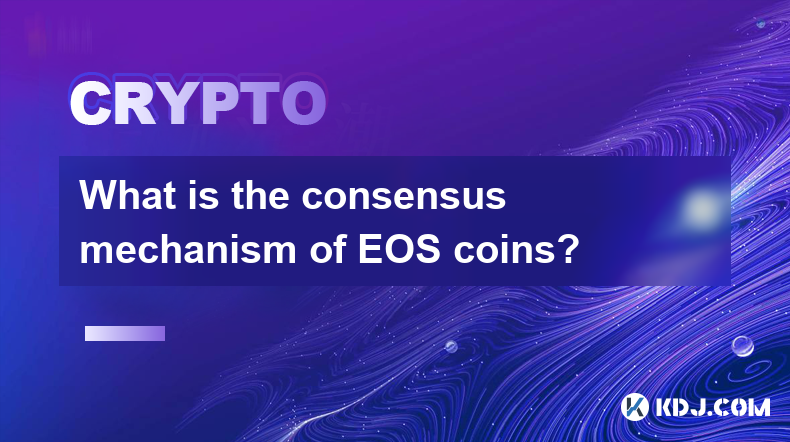
What is the consensus mechanism of EOS coins?
Feb 26,2025 at 11:19am
Key Points:EOSIO: The Foundation of EOS's Consensus MechanismDPOS: Delegated Proof-of-StakeBlock Producer ElectionsContinuous Block ProductionBlock Validation and IrreversibilityConsensus and Fork PreventionCommunity Governance and VotingWhat is the Consensus Mechanism of EOS Coins?EOS, an innovative blockchain platform, employs a unique consensus mecha...
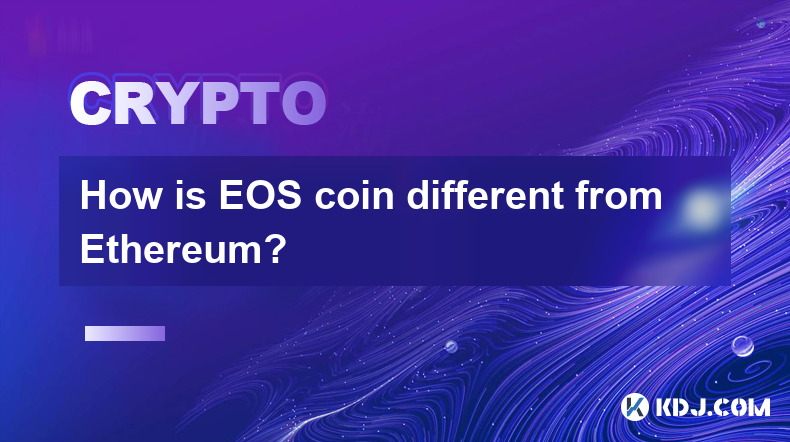
How is EOS coin different from Ethereum?
Feb 26,2025 at 10:48am
Key Points:Overview of EOS and EthereumDifferences in Consensus MechanismsAdvantages and Limitations of Each PlatformUse Cases and Target AudiencesComparison of Transaction Fees and ScalabilityCommunity Support and Development ActivityHow is EOS Coin Different from Ethereum?1. Overview of EOS and EthereumEOS and Ethereum are two of the most popular bloc...
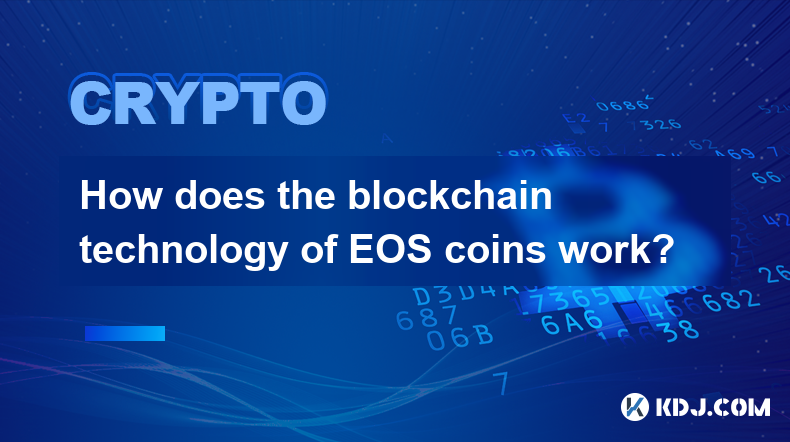
How does the blockchain technology of EOS coins work?
Feb 25,2025 at 11:13pm
Key PointsEOS is a blockchain platform that provides a high-throughput and scalable solution for decentralized applications.EOS uses a delegated proof-of-stake (DPoS) consensus mechanism to elect block producers and maintain the blockchain.EOSIO, the open-source software that powers EOS, offers a range of developer tools and features to facilitate the c...
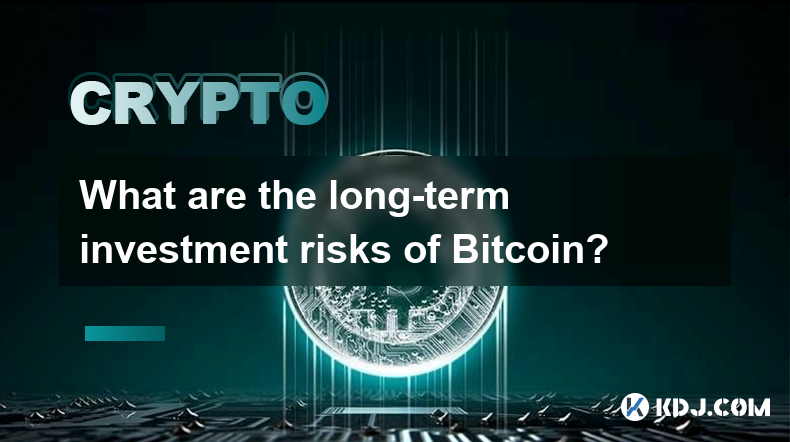
What are the long-term investment risks of Bitcoin?
Feb 22,2025 at 05:30pm
Key PointsVolatility and price fluctuationsRegulatory uncertaintySecurity risksCompetition from altcoinsMarket manipulation and scamsTransaction feesEnvironmental concernsLong-Term Investment Risks of BitcoinVolatility and Price FluctuationsBitcoin's high volatility is a double-edged sword. While it has the potential to generate substantial returns, it ...
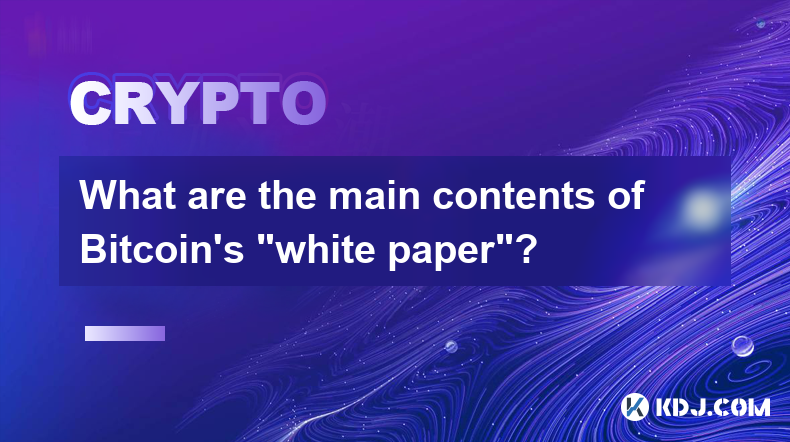
What are the main contents of Bitcoin's "white paper"?
Feb 21,2025 at 04:36am
Key Points:Understanding Bitcoin's Genesis: The White Paper's IntroductionA Decentralized Digital Currency: Bitcoin's Core ConceptBlockchain Technology: The Foundation of Bitcoin's Immutable LedgerProof-of-Work: Securing Bitcoin's NetworkThe Design of Bitcoin's Currency: Issuance, Scarcity, and DivisibilityBitcoin's Potential Applications and Future Pro...

How does Bitcoin's distributed ledger ensure consistency?
Feb 22,2025 at 10:06pm
Key Points:Bitcoin employs a distributed ledger, also known as a blockchain, to maintain a tamper-proof and consistent record of transactions.The blockchain is a decentralized network of computers that collectively validate and store transaction data.Bitcoin's distributed ledger ensures consistency through consensus mechanisms and cryptographic algorith...

What is the consensus mechanism of EOS coins?
Feb 26,2025 at 11:19am
Key Points:EOSIO: The Foundation of EOS's Consensus MechanismDPOS: Delegated Proof-of-StakeBlock Producer ElectionsContinuous Block ProductionBlock Validation and IrreversibilityConsensus and Fork PreventionCommunity Governance and VotingWhat is the Consensus Mechanism of EOS Coins?EOS, an innovative blockchain platform, employs a unique consensus mecha...

How is EOS coin different from Ethereum?
Feb 26,2025 at 10:48am
Key Points:Overview of EOS and EthereumDifferences in Consensus MechanismsAdvantages and Limitations of Each PlatformUse Cases and Target AudiencesComparison of Transaction Fees and ScalabilityCommunity Support and Development ActivityHow is EOS Coin Different from Ethereum?1. Overview of EOS and EthereumEOS and Ethereum are two of the most popular bloc...

How does the blockchain technology of EOS coins work?
Feb 25,2025 at 11:13pm
Key PointsEOS is a blockchain platform that provides a high-throughput and scalable solution for decentralized applications.EOS uses a delegated proof-of-stake (DPoS) consensus mechanism to elect block producers and maintain the blockchain.EOSIO, the open-source software that powers EOS, offers a range of developer tools and features to facilitate the c...

What are the long-term investment risks of Bitcoin?
Feb 22,2025 at 05:30pm
Key PointsVolatility and price fluctuationsRegulatory uncertaintySecurity risksCompetition from altcoinsMarket manipulation and scamsTransaction feesEnvironmental concernsLong-Term Investment Risks of BitcoinVolatility and Price FluctuationsBitcoin's high volatility is a double-edged sword. While it has the potential to generate substantial returns, it ...

What are the main contents of Bitcoin's "white paper"?
Feb 21,2025 at 04:36am
Key Points:Understanding Bitcoin's Genesis: The White Paper's IntroductionA Decentralized Digital Currency: Bitcoin's Core ConceptBlockchain Technology: The Foundation of Bitcoin's Immutable LedgerProof-of-Work: Securing Bitcoin's NetworkThe Design of Bitcoin's Currency: Issuance, Scarcity, and DivisibilityBitcoin's Potential Applications and Future Pro...

How does Bitcoin's distributed ledger ensure consistency?
Feb 22,2025 at 10:06pm
Key Points:Bitcoin employs a distributed ledger, also known as a blockchain, to maintain a tamper-proof and consistent record of transactions.The blockchain is a decentralized network of computers that collectively validate and store transaction data.Bitcoin's distributed ledger ensures consistency through consensus mechanisms and cryptographic algorith...
See all articles

















































































